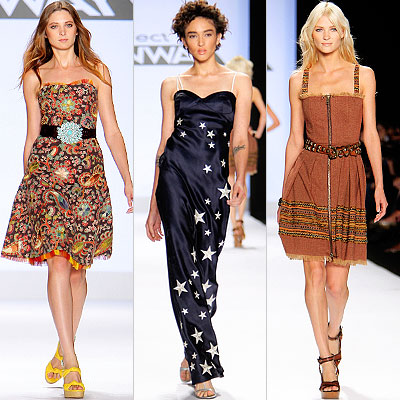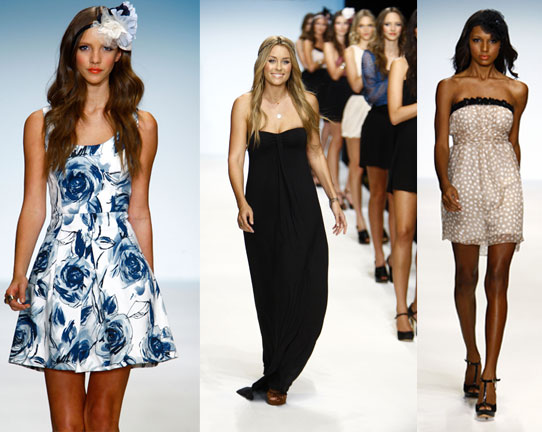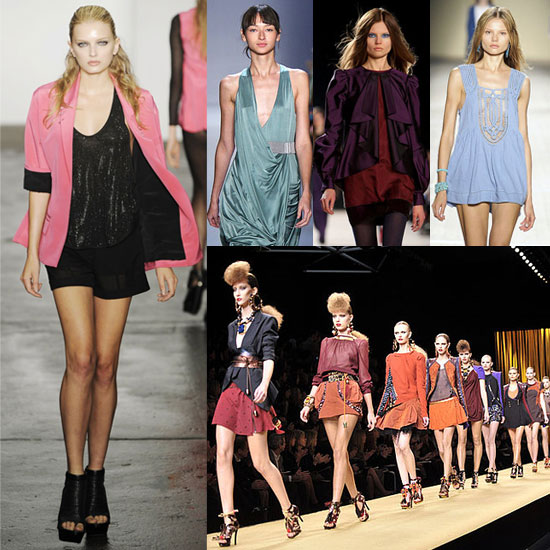If you haven't checked it out yet, the NMAI exhibit,
A Song for the Horse Nation, is currently on display at the George Gustav Heye Center in New York (November 2009 - July 2011). And for those of us who can't make the trip to NYC to see it in person, much of the exhibit is available online. Here is an excerpt that discusses clothing and personal items.

(Glass horse mask, 2008, by Marcus Amerman (Choctaw, b. 1959), New Mexico. Multicolored glass. Photograph by Ernest Amoroso, NMAI)
A Song for the Horse Nation Introduction:The story of the relationship of Native peoples and horses is one of the great sagas of human contact with the animal world. Native peoples have traditionally regarded the animals in our lives as fellow creatures with which a common destiny is shared. When American Indians encountered horses—which some tribes call the Horse Nation—they found an ally, inspiring and useful in times of peace, and intrepid in times of war. Horses transformed Native life and became a central part of many tribal cultures.
By the 1800s, American Indian horsemanship was legendary, and the survival of many Native peoples, especially on the Great Plains, depended on horses. Native peoples paid homage to horses by incorporating them into their cultural and spiritual lives, and by creating art that honored the bravery and grace of the horse.
The glory days of the horse culture were brilliant but brief, lasting just over a century. The bond between American Indians and the Horse Nation, however, has remained strong through the generations.

(Spanish expedition pictograph. Nancy Nehring. Canyon de Chelly National Monument, Arizona. Courtesy of Getty Images)
Return of the Horse Nation:The horse originated in the Americas more than 40 million years ago. After spreading to Asia and Europe, it became extinct in its homeland. In 1493, the horse returned to the Western Hemisphere when Columbus brought a herd of 25 on his second voyage. Back in the Americas, its native environment, the horse flourished.
The Spanish used the horse as an instrument of warfare and control. But as soon as horses came into Indian hands, Native peoples began to weave a close relationship with the Horse Nation. By the late 1700s, virtually every tribe in the West was mounted. Horses strengthened Native communities and helped in the fight for Indian lands.

(Central Plains (possibly Oto or Kaw) beaded leggings, ca. 1900. Oklahoma. Seed beads, metal spots, pigment, hide, and cotton thread)
Clothing and Personal Items:As European and Native cultures met, new styles developed. Western-style clothing and new trade materials, such as glass beads, wool, and cloth, would influence Plains culture. Beaded horse designs would now be depicted on Western-style clothing and other personal items.

(Lakota beaded hide coat, ca. 1890. Cut beads, metal buttons, cotton cloth, hide, and sinew)
This Western-cut hide jacket is beaded with figures on horseback. But instead of illustrating an individual’s exploits, these are simply decoration. The horses’ tails are doubled and tied in preparation for battle.

(Walla Walla beaded bag, ca. 1915. Washington. Seed beads, wool cloth, canvas, hide, and cotton thread. Photograph by Katherine Fogden, NMAI)
The Native peoples of the Plateau region (covering modern-day Idaho, Oregon, and Washington State) have a long artistic history of weaving cornhusk bags. After trade goods became widely available, they made cloth bags decorated with glass beads. This one features a man astride a prancing horse, wearing what appears to be the Army uniform of a corporal.

(Tsitsistas/So'taeo'o (Cheyenne) beaded tipi bag, ca. 1880. Montana. Seed beads, horsehair, tin cones, feathers, porcupine quills, pigment, hide, and sinew)

(Chaticksi (Pawnee) coat belonging to Lone Wolf, ca. 1910. Oklahoma. Hair locks, sweetgrass, seed beads, feathers, horn, porcupine quills, pigment, wool cloth, cotton cloth, hide, and sinew. Photograph by Katherine Fogden, NMAI)
This Western-style tailored coat reflects the influence of the white world on Plains culture in its straight body, even hem, and collar, as well as in its decorative use of five-pointed stars and crosses. The two-toned speckled horse with the horn on its forehead could represent a pinto or a spirit horse.

(Spokane woman on horseback with infant in baby carrier, 1900. Colville Reservation, Washington. National Museum of the American Indian)
When a tribe acquired horses, the status of women improved. Horses helped lighten the work load, and women gained more time for creating art and social involvement. Women’s arts, such as beadwork and ornamenting hides with porcupine quills, flourished.
(To learn more about this exhibit, visit the website at
A Song for the Horse Nation)



















































